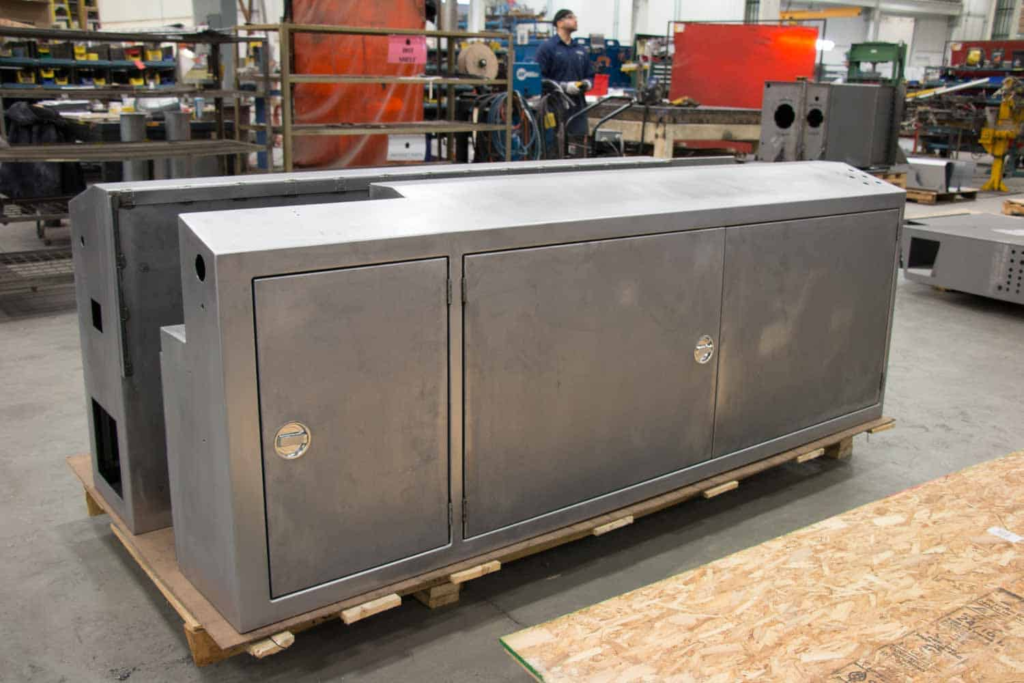Welcome to TOSTA’s Blog
The TOSTA blog aims to share the prototyping and rapid manufacturing knowledge, experience and skills we have accumulated over the years.
Anodizing services
We offer anodizing type II and III, which are ideal surface finishes for aluminum parts. Anodizing strengthens aluminum parts and is available in several colors, depending on the type. All types of anodizing will increase the lead time and cost per part.
Anodizing Services
Anodizing is a common surface treatment method for CNC machining metal parts, especially aluminum. This is an electrochemical process that forms a controlled oxide layer on metal surfaces. Anodizing has several advantages, including enhanced corrosion resistance, improved wear resistance, increased surface hardness, and the ability to add color or dye to the metal.
Anodizing can produce a variety of surface finishes, including natural silver (clear anodizing), and various colored finishes achieved by dyeing the anodized layer. Color can be absorbed into the porous oxide layer, providing an aesthetic option for CNC machined parts.
Anodizing type II
A traditional and cost-effective method, generates a thin oxide layer on the metal surface, making it suitable for general-purpose applications.
Anodizing type III
On the other hand, Type III anodizing, which is also known as hard anodizing, creates a more robust and wear-resistant oxide layer.
Color Options
Black, Clear, Red, Blue, Orange, Gold

Anodizing is commonly used in a variety of industries, including aerospace, automotive, and construction. Its benefits include increased durability and corrosion resistance, improved aesthetic appeal, and the ability to add color without the use of paints or coatings.
The anodizing process adds a layer rather than a coating to the surface of the metal, meaning the treatment doesn’t significantly alter the dimensions of the part. This makes anodizing a popular choice for CNC machined parts that need to be held to tight tolerances.
Anodizing is a common surface treatment method for CNC machining metal parts, especially aluminum. This is an electrochemical process that forms a controlled oxide layer on metal surfaces. Anodizing has several advantages, including enhanced corrosion resistance, improved wear resistance, increased surface hardness, and the ability to add color or dye to the metal.
Anodizing can produce a variety of surface finishes, including natural silver (clear anodizing), and various colored finishes achieved by dyeing the anodized layer. Color can be absorbed into the porous oxide layer, providing an aesthetic option for CNC machined parts.
The anodizing process adds a layer rather than a coating to the surface of the metal, meaning the treatment doesn’t significantly alter the dimensions of the part. This makes anodizing a popular choice for CNC machined parts that need to be held to tight tolerances.
Anodizing Applications

Engineered Materials
Industry



